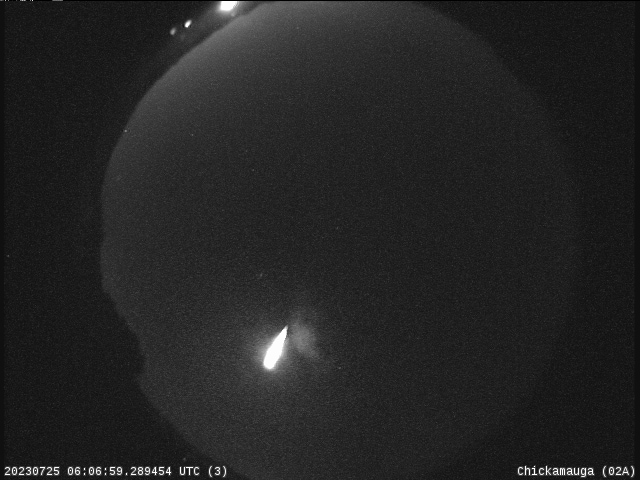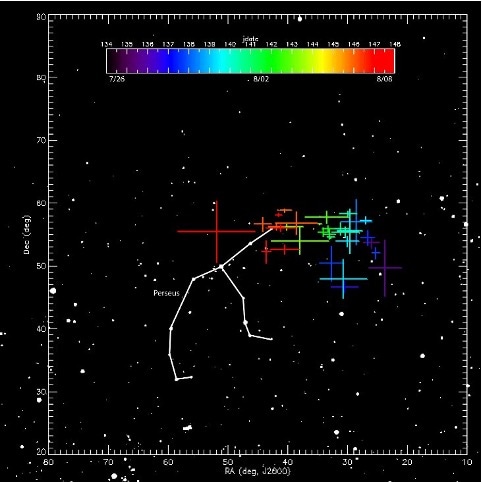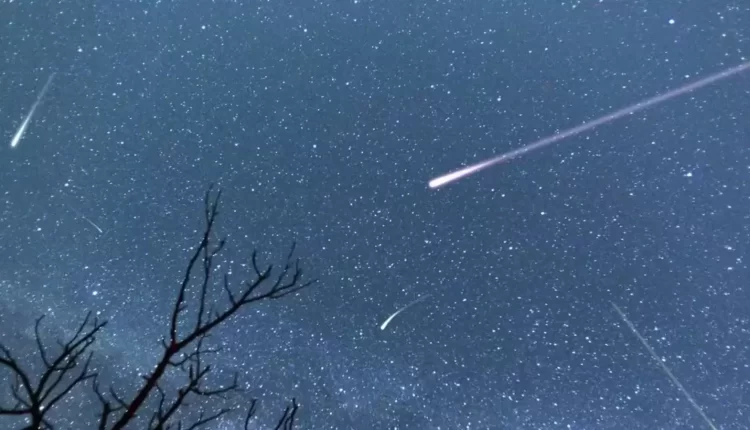The NASA All Sky Fireball Network has started spotting the first meteors from this year’s Perseid meteor shower! The meteor shower peaks on the night of August 12th, when Earth passes through the dustiest part of the trails left behind by comet Swift-Tuttle.

The Perseid meteor shower is like the superstar of meteor showers each year. It’s super cool because it has lots of shooting stars and happens when the weather is still warm in late summer. Unlike last year when the full moon made it hard to see everything, this year the moon will be smaller, so we can even spot some of the dimmer meteors.
So, how many can you see?
“People in the U.S. can reasonably expect to see around 40 Perseids in the hour just before dawn on the peak nights. That’s about one every couple of minutes, which is not bad,” said Bill Cooke, the leader of NASA’s Meteoroid Environment Office. “However, we are assuming you are out in the country, well away from cities and suburbs.”
The brighter skies of suburban areas significantly decrease the number of meteors that can be seen, with only 10 or fewer expected in an hour.
The best place to watch the Perseid meteor shower is in the Northern Hemisphere. To enjoy the show, all you need is a clear sky, nighttime, and a little patience. You can look anywhere in the sky – the shooting stars can appear from all directions.

The Perseid meteor shower seems to come from a spot in the Perseus constellation, and each shooting star follows a similar path. Meteor showers are named after the point from which they seem to originate, known as the radiant point.
When to watch the Perseid meteor shower this weekend?
“The Perseid meteor shower is one of the richest and this year it occurs close to new moon on the evening of August 12,” said Pollacco. “With the moon not visible, and with outside temperatures comfy this time of year, it’s one of the best opportunities to see this spectacular shower.”
The shower is best seen on the morning of August 13 a few hours before sunrise, said Pollacco.
American Meteor Society states that the exact peak is at 04:00 Universal Time (UTC/GMT) on August 13. Rates will fall by about 50% on the nights on either side.
The smartest thing to do is to be outside when it’s really dark, which is about two hours after sunset until two hours before sunrise (around 11 p.m. to 4 a.m.).

Fun fact:
The Perseid meteor shower once caused a Space Shuttle launch to be delayed. In 1993, a Space Shuttle named NASA – STS-51 had to wait because a lot of meteors were expected during the Perseid shower. They were worried that the space shuttle could be hit by debris from the meteors while it was in space, so they delayed the launch to ensure safety.


